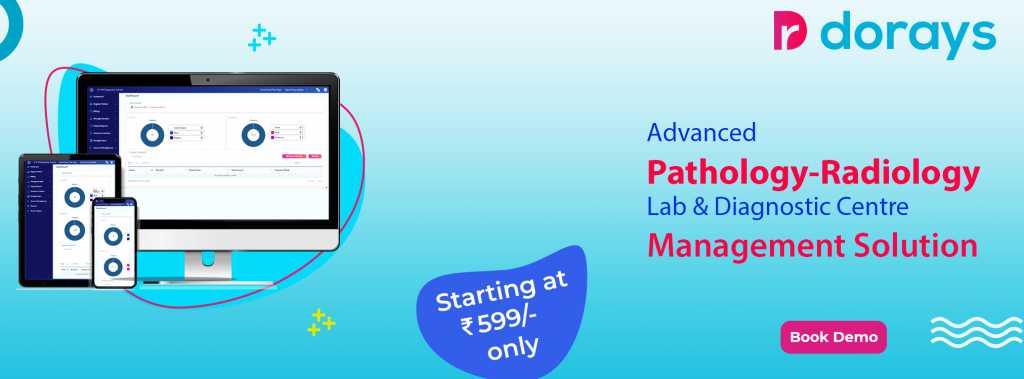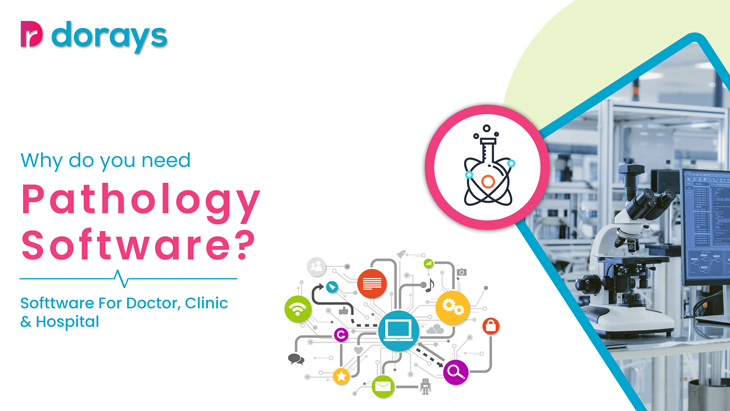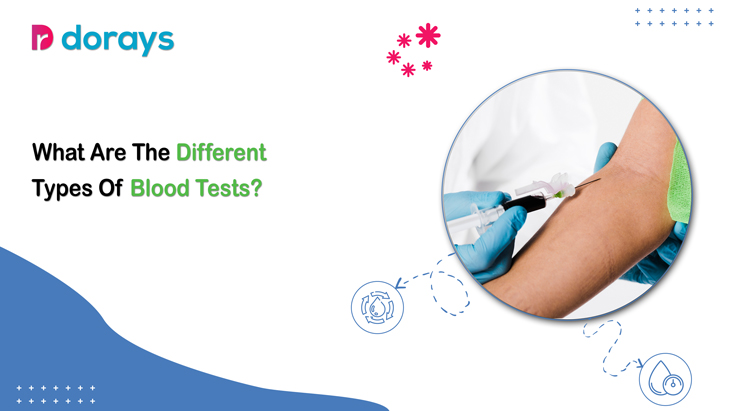Most laboratories throughout the globe are dealing with a data flood and are continuously seeking new ways to manage data correctly. Because of the growth of technology, facilities have started upgrading themselves. Today’s laboratories store massive quantities of information, streamline procedures, and adhere to ever-changing regulatory standards. As a result, laboratories have shifted to powerful analytics and quality assurance solutions, such as the Pathology Lab Management System.
The Pathology Lab management system began to keep track of specimens, their findings, and other details about giver and client specimens. Initially, the laboratory management system used traditional techniques of manual labeling and keeping track from its beginnings till the arrival of computers into medical diagnostics.
Here are some of the advantages of the pathology lab management software!

1) Assignment of the code to the sample
Before a specimen is handed over to a specialist for analysis, it must be assigned a unique number for surveillance and preservation. Adding a barcode helps to check the movement of the samples as they move from one place to another. When a specimen arrives in a hospital or a medical center, barcodes and RFID are scanned. The position of the specimen is recorded on a network for easy tracking and accessibility.
Identification of samples is made easier using Pathology lab management software because:
- It notifies the person from whom a sample was collected.
- Who is working on the sample?
- The location of the specimen and where it will go next.
- How should it be stored, and when should it be moved?
When laboratories can follow their specimens instantaneously, the probability of lost or misplaced specimens or specimen information data is reduced. Furthermore, because the system creates barcodes, it decreases the possibility of bad errors while giving unique code, such as copying wrong letters or numbers manually.
2) Specimen Management and Distribution of adequate Work
It is critical to optimize and trace a sample’s journey from the initial to the final stage. The specimens must go through the proper testing process while going via the correct spot. Pathology lab management software aids in the automation of operations, specimen administration, and maintaining complete and accurate records. You may use LMS software to allocate specimens to specialists for screening, create timetables, and provide specifics about the tests that must be performed on a specimen as well as the locations it must go throughout the laboratory.
As a result, Pathology lab management software promotes productivity since every worker understands what they need to accomplish, decreasing misunderstanding. A laboratory supervisor may examine each specialist’s timetable and correctly assign responsibilities utilizing the LMS application to avoid uncertainty. Because LMS also specifies the tests and locations linked with the sample, it assists lab personnel in devising a strategy of action that improves their effectiveness.
3) Easier access of reports
The software is operated on a computer for storing and recording specimens. It simplifies access to data about the specimen for staff, customers, and physicians. The customers can get reports with just a Customer ID or mobile number.
The usage of laboratory software also simplifies document creation. Lab personnel may prepare electronic reports using several criteria, construct archived and current data reports, and automatically upload patient lab findings to hospital administration systems.
Medical experts also benefit from data collected since they can obtain it online provided the specimen owner’s consent. Consider the possibilities and improvements that science might achieve if patient records were easily accessible. With Pathology lab management software, that ambition might become a reality very soon.
Key Takeaway!
Employing a LIMS enhances a laboratory’s overall operating efficiency. A LIMS makes life easier than would, which otherwise is spent on manual data entry and administration, resulting in an effective data management system. As a result, there is less human error and a more reliable information system to support varied judgments. It also has an audit log, which lowers the time required for human-based auditing.
Furthermore, a LIMS is most helpful when dealing with large amounts of data that need bulk processing and regular daily activities. It also includes several compliance requirements, assisting laboratories in meeting the legal standards, safety, and confidentiality requirements.






Leave a Comment